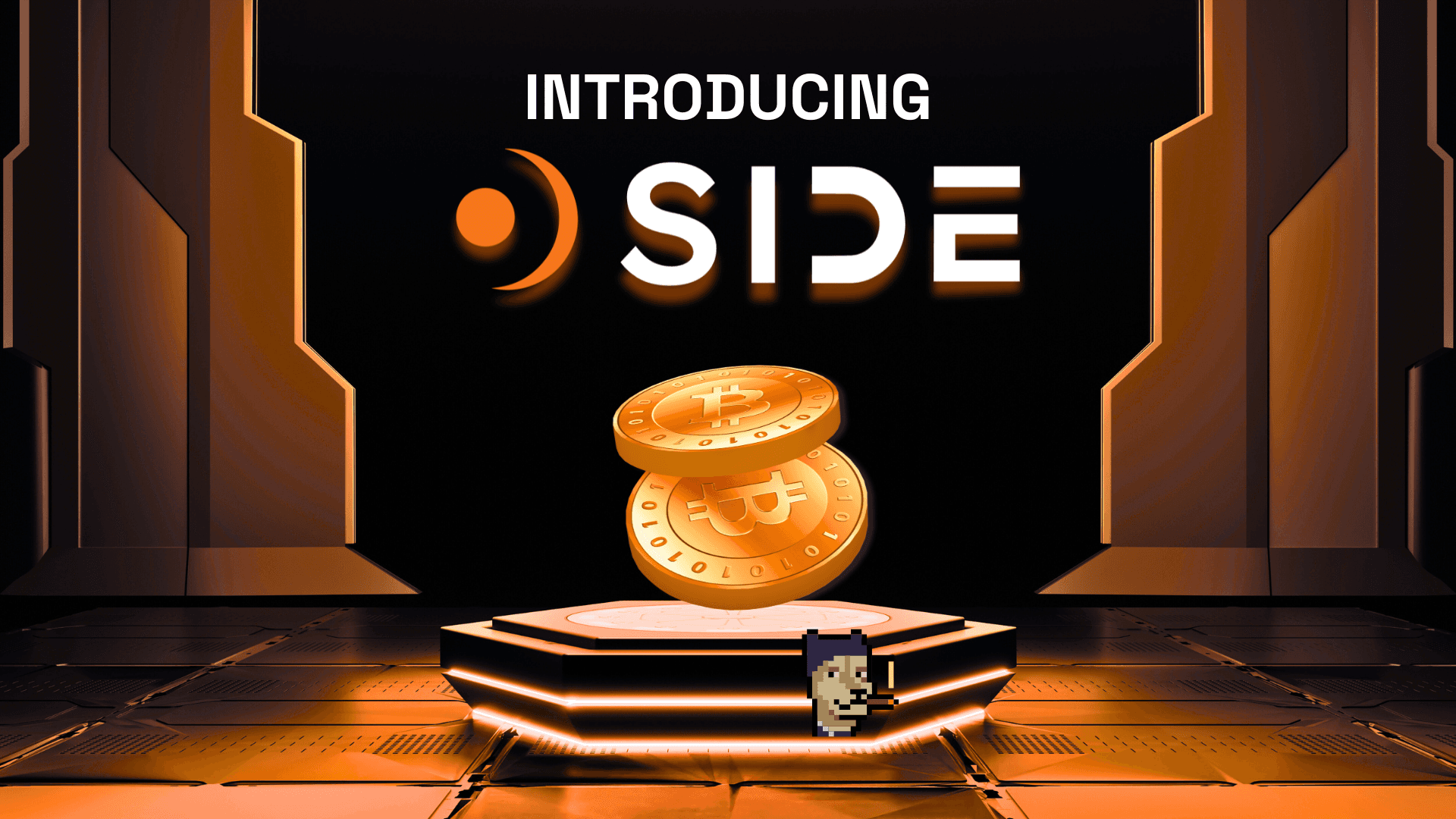Cloud computing has transformed the way we store, process, and access data today. Giants like Google Cloud, Microsoft Azure, and Amazon Web Services (AWS) dominate this space, offering vast computing resources on demand. However, their centralized nature raises concerns about monopolistic practices, data sovereignty, and vendor lock-in. This is where Akash Network comes into play—a decentralized cloud computing platform built using blockchain technology, that aims to change the game and democratize the cloud computing industry.
What is Cloud Computing?
Before we dive into the Akash Network, let’s get a clear understanding of cloud computing. Essentially, cloud computing allows users to store and process data on remote servers instead of local machines. This technology has enabled businesses and individuals to access enormous computing resources without the hassle of owning and maintaining physical infrastructure. Major players like Google Cloud, AWS, and Microsoft Azure have made a name for themselves by offering scalable, on-demand services.
The Problem with Centralized Cloud Providers
While these centralized cloud providers offer numerous benefits, they also come with significant drawbacks. There are issues like high costs due to monopolistic practices, a lack of control over data storage raising data sovereignty concerns, and the difficulty of switching providers due to vendor lock-in. These challenges highlight the need for a more open and decentralized alternative.
The Akash Network: A New Era of Cloud Computing
The Akash Network aims to tackle these challenges head-on. It’s a decentralized peer-to-peer marketplace for cloud computing resources, that leverages the IBC protocol to achieve its goals. Unlike traditional cloud providers, Akash offers an open, transparent, and decentralized alternative. At its core, Akash uses blockchain technology and its native cryptocurrency, AKT, to facilitate secure and transparent transactions between resource providers and users.
How the Akash Network Works

The Akash Network functions as a two-sided marketplace, connecting providers of computing resources with tenants who need them. Here’s how it works: Providers list their available computing resources on the network, detailing specifications like hardware, pricing, and other relevant information. Tenants specify their application or workload needs in a deployment, including desired resources such as GPU, CPU, RAM, storage, and network bandwidth.
Akash’s decentralized matching algorithm then pairs tenants' requirements with suitable provider offerings, ensuring a secure and transparent leasing process. A reverse auction then takes place where tenants set the price and terms of their deployment, and providers compete to fulfill the request by placing refundable bid deposits. The winning bid results in a lease creation between the tenant and the provider. The tenant submits a manifest to the provider, detailing how the workloads should be executed. Finally, the provider executes the workloads according to the manifest, allowing the tenant's application to run on the leased resources.
Unique Features of the Akash Network
One standout feature of Akash is its "Reverse Auction" system. In this setup, network deployers specify the price they’re willing to pay for resources, and providers compete to fulfill the request. This approach consistently leads to lower costs and more options for tenants, while allowing for self-sovereign control.
Akash leverages technologies like containerization and blockchain to ensure seamless and secure deployment and execution of applications and workloads. Containerization technologies, like Docker, enable easy packaging, deployment, and management of applications, providing portability and scalability across different providers' computing environments. This empowers tenants to move their workloads easily between different providers, avoiding vendor lock-in and enabling a truly decentralized and flexible cloud computing experience.
Payments and Escrow Accounts
Leases on the Akash Network are paid from the tenant to the provider through a deposit and withdrawal mechanism using the AKT cryptocurrency. Tenants must maintain a sufficient deposit balance to keep their leases active since providers can withdraw owed funds from this deposit. Providers can close the lease if the deposit reaches zero, effectively terminating the tenant’s workload. To facilitate efficient and secure payments, Akash uses escrow accounts. These accounts allow time-based payments from one account to another without requiring micropayments for every block. Escrow accounts also hold bid deposits, which are refunded to providers when their bids are closed. This system ensures fair compensation for providers and maintains a transparent, auditable payment structure.
Audited Attributes and Selective Deployment
The Akash Network also allows tenants to choose which providers can run their applications through Audited Attributes. These attributes enable users deploying applications to assign specific criteria to providers via on-chain transactions. This control and transparency are particularly valuable for industries with stringent regulatory requirements or data sovereignty concerns.
The Power of Decentralization
The Akash Network's decentralized nature offers several advantages over traditional centralized cloud platforms. With no central authority, Akash is resistant to censorship, ensuring applications and workloads run without interference. Its distributed architecture eliminates single points of failure, making it more resilient to outages or disruptions. Tenants can deploy applications on providers that meet their data sovereignty requirements, ensuring compliance with local regulations. By leveraging underutilized computing resources from a decentralized pool of providers, Akash offers cost-effective solutions compared to centralized cloud providers.
Real-World Applications
The decentralized and flexible nature of Akash opens up a wide range of potential uses across various industries. Developers can deploy and host decentralized web applications, APIs, and microservices, ensuring censorship resistance and resilience. Akash can provide a secure infrastructure for running blockchain nodes, enabling greater decentralization and fault tolerance for blockchain networks. Its distributed nature makes it well-suited for edge computing applications, improving performance and reducing latency by bringing computing resources closer to the data source. Akash can run computationally intensive workloads like scientific simulations, machine learning models, and data analysis pipelines, by aggregating computing resources from multiple providers. Developers can build decentralized content delivery networks (CDNs) for efficient content delivery, leveraging Akash’s global distribution of providers.
Recent Akash Developments
One of the most exciting recent developments is the collaboration with Erik Voorhees, a well-known figure in the crypto world and founder of Shapeshift. He launched Venice.ai, a private, permissionless AI platform leveraging Akash for its GPU processing needs. This partnership underscores Akash’s capability to support high-profile AI projects. Greg Osuri, Akash’s creator, expressed his excitement about this collaboration, highlighting the synergy between the two platforms.
Akash is also collaborating with Flock.io, a decentralized platform for AI co-creation, aiming to democratize access to powerful AI model training. Users can deploy Flock Validator Nodes and Training Nodes on Akash using easy-to-use templates. This partnership ensures decentralized and verified hosting, revenue-sharing with model developers, and scalable infrastructure, making AI training more accessible and equitable.
Cicero, the first LLM pre-trained exclusively in Latin, is another exciting project powered by Akash GPUs. The founders accessed the NVIDIA H100 needed for pretraining by utilizing the Akash Supercloud. This project blends modern technology with classical studies, demonstrating Akash’s flexibility and power.
Quasarch is launching a DeCloud Platform to sell credits, abstract Akash Network deployments, and help onboard more users. This platform aims to simplify the deployment and management of decentralized applications without extensive technical knowledge, making the decentralized cloud more accessible to a broader audience.
Governance and Community Engagement
Governance is crucial for any decentralized network. Akash recently passed a significant governance proposal (#258) titled 'Effortless Deployment from GitHub, GitLab, or Bitbucket, to the Akash Network.' This proposal aims to simplify and automate the deployment process, introducing features like automated builds, continuous integration, error management, and customizable build processes. By streamlining deployment, this proposal enhances accessibility, reduces manual effort, and minimizes errors, fostering growth within the Akash ecosystem.
Accessibility and Growth
In other exciting news, the $AKT token is now listed on Kado, enabling people in over 150 countries to access $AKT via credit cards, bank transfers, and Apple Pay. This move significantly increases the token's accessibility, making it easier for a global audience to acquire it.
Akash has also seen a surge in staking activity, with 3.5 million new AKT tokens staked recently. This surge indicates strong confidence in the Akash Network and its future prospects, highlighting the community's commitment to securing and supporting the network.
Challenges and Future Outlook
While the Akash Network presents a compelling vision for decentralized cloud computing, it also faces challenges that need addressing for widespread adoption. These include attracting a critical mass of providers and tenants, navigating the regulatory landscape, ensuring performance and scalability, and achieving interoperability with existing cloud ecosystems. Despite these challenges, the potential benefits of Akash’s decentralized model are significant. As the world increasingly relies on cloud resources, the need for open, transparent, and decentralized alternatives will likely grow. Akash’s innovative approach, powered by blockchain technology and its native cryptocurrency, positions it as a leader in this emerging space.

The Akash Network is not just a technological advancement; it’s a movement towards a more open, fair, and efficient future in cloud computing. We at Stakecito are proud to support such an innovative and forward-thinking project. Thanks for joining me on this journey to understand Akash Network.

——————————————————
About Stakecito Labs
At Stakecito Labs, we've honed our craft as validators. Our reputation as the third-largest validator by delegation count within the Cosmos ecosystem speaks to our unwavering dedication and the trust placed in us by over 270,000 delegators worldwide.
Our validation services are not just about maintaining Cosmos blockchain networks though; we validate networks outside of Cosmos as well (NEAR, Aleph Zero, etc.).
Our core mission is centered on demystifying blockchain technology to ensure it's accessible for everyone, from newcomers to seasoned investors. To begin staking, visit our homepage.
Stake with Stakecito | Follow us on Twitter | Subscribe to Our YouTube | Governance
——————————————————






